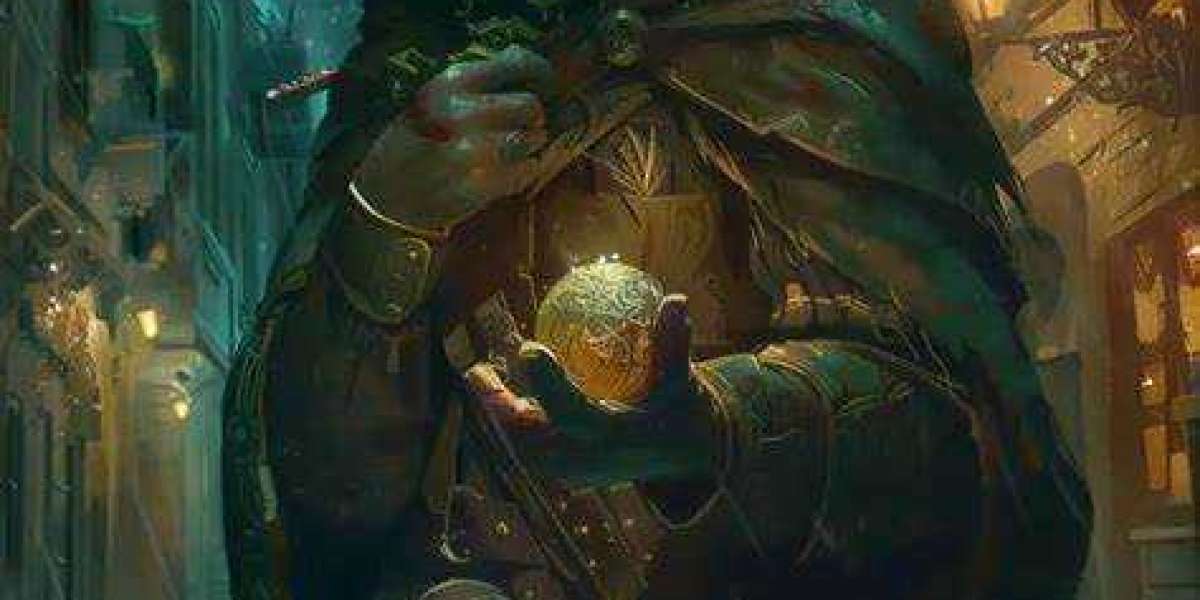1. What is Magic Item Identification?
Magic items in DD 5e are objects imbued with magical properties that can vary in power and effect. Identifying an item allows a character to understand its magical abilities, required attunement, and any curses. Knowing how to effectively identify magic items not only gives players an edge in gameplay but can also drive the narrative of the adventure.
2. Methods of Identification
In DD 5e, there are several ways to identify a magic item’s properties. Each method has different costs, requirements, and levels of reliability.
A. Using the Identify Spell
The Identify spell is the most direct method to learn about a magic item. Here’s how it works:
- Spell Level: 1st-level divination (ritual).
- Casting Time: 1 minute.
- Range: Touch.
- Components: Verbal, somatic, and a material component (a pearl worth at least 100 gold pieces and an owl feather).
- Effect: When cast on a magic item, Identify reveals its properties, how to use them, any attunement requirements, and whether it is cursed. If the item is cursed, the spell doesn’t remove the curse but does reveal it.
- Ritual Casting: Identify can be cast as a ritual, allowing spellcasters to conserve spell slots. Casting as a ritual takes an additional 10 minutes.
Identify is a popular spell for characters with access to the Wizard spell list and can provide thorough insights into the nature of an item.
B. Experimenting with the Item
Characters may attempt to deduce the properties of a magic item through experimentation. This method relies on careful testing, and the DM has the final say on whether an item’s properties become apparent.
- Time and Risk: Experimenting may take longer than using Identify, and there’s always the risk of activating harmful effects if the item is cursed.
- Attunement Items: If the item requires attunement, characters must attune to it before using any properties. Once attuned, they learn what the item can do. However, if the item is cursed, they may be stuck with it until the curse is removed.
C. Spending a Short Rest with the Item
In DD 5e, characters can learn about an item’s properties by spending a short rest (usually one hour) focusing on it.
- Simple Items: Common magic items and items that do not require attunement may reveal their properties after this hour.
- Attunement and Curses: If the item requires attunement, the character will need to complete the attunement process to understand its properties fully. However, if the item is cursed, the character may become subject to the curse upon attunement.
This method is particularly useful for characters who don’t have access to the Identify spell and want a low-cost way to determine an item’s properties.
3. Best Practices for Identifying Magic Items
Whether you’re a player or a DM, knowing the best ways to identify magic items can help you make the most of these unique game features.
A. Balancing Identify with Risk and Reward
While Identify is reliable, it’s not always readily available. DMs may restrict the availability of the pearl component to encourage players to try other methods. Players should weigh the benefits of using Identify against the risk of experimenting with unknown items.
B. Cursed Items and Precautions
Cursed items are one of the biggest risks when it comes to identifying magic items. The Identify spell will reveal a curse but won’t remove it. Players without access to Identify may be tempted to experiment with an item, risking unintended negative consequences.
C. Collaborate with the Party
Certain items may require specific skills or proficiencies to understand fully. Wizards, artificers, and characters with high Intelligence scores are naturally suited to magic identification. By sharing items with the right party member, you may learn about their properties more effectively.
4. For Dungeon Masters: Managing Identification in Your Campaign
As a DM, you play a critical role in how magic items are revealed and identified in the game. Here are some tips for integrating identification mechanics seamlessly into your campaign.
A. Limit the Availability of Identify Components
To make identification more challenging, consider restricting access to pearls or other Identify spell components. This encourages players to try other methods or to find NPCs who may help.
B. Use Identification as a Plot Device
Magic items can contain clues, secrets, and hints that lead to broader story arcs. For example, a character may discover that their newly identified sword once belonged to a legendary hero, leading to new quests or storylines.
C. Vary the Rarity and Mystery of Magic Items
Not every magic item needs an immediate reveal. Sometimes, the item’s origin or true power is only uncovered after a significant event, level up, or with the aid of a powerful NPC. This keeps players intrigued and builds suspense around their equipment.
5. Alternative Methods and Advanced Tips
Sometimes, an adventure requires more creative identification techniques. Here are some advanced methods and ideas for discerning the secrets of magic items.
A. Seeking Out NPCs for Identification
High-level NPCs, such as wizards or artificers, often have the knowledge and means to identify magic items in exchange for a fee or favor. This is especially useful for players who cannot cast Identify and want to avoid experimentation.
B. Divine Guidance and Clerical Methods
If a character has a strong connection to a deity, they may request divine guidance in understanding an item’s nature. Clerics or paladins could use spells like Divine Intervention or consult an oracle, temple, or sacred artifact for insights.
C. Identify Scrolls and Magical Locations
Identify spell scrolls and certain magical locations (like ancient libraries, magical obelisks, or enchanted fountains) may offer temporary identification abilities. These locations provide opportunities for characters to investigate items in unique ways, often involving puzzles or challenges.
6. Summary: Deciphering the Mystique of Magic Items
Identifying magic items in DD 5e is a rewarding process that adds excitement to gameplay. Players can use the Identify spell, experiment cautiously, or take a short rest to uncover an item’s properties. Meanwhile, DMs can use identification mechanics to enhance storytelling and world-building. By understanding how to identify magic items, players and DMs alike can dive deeper into the mystical world of DD 5e.








